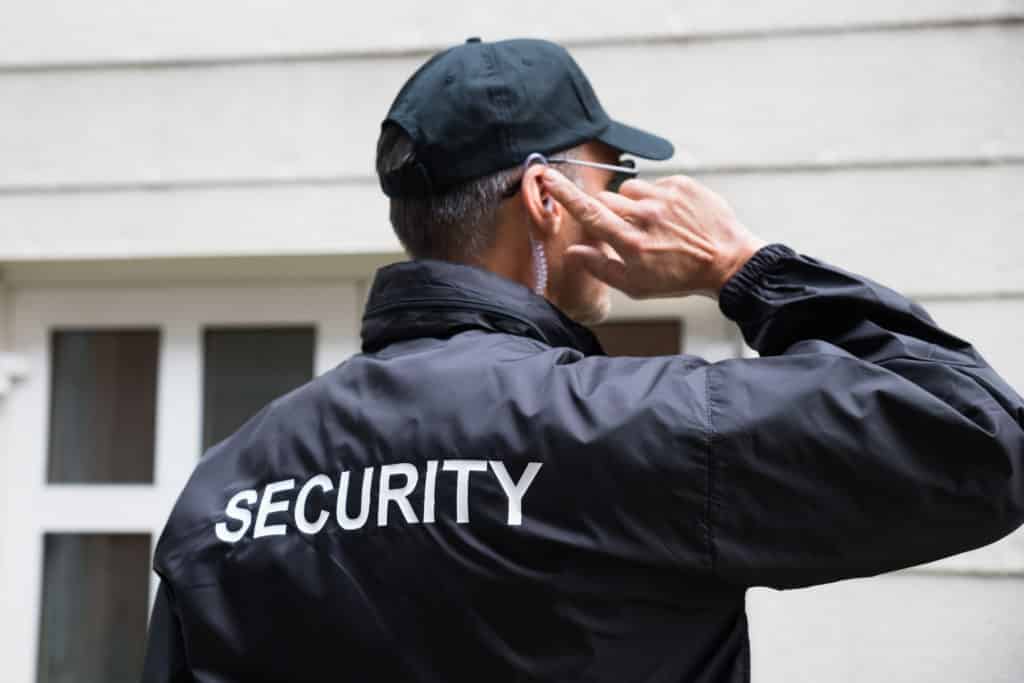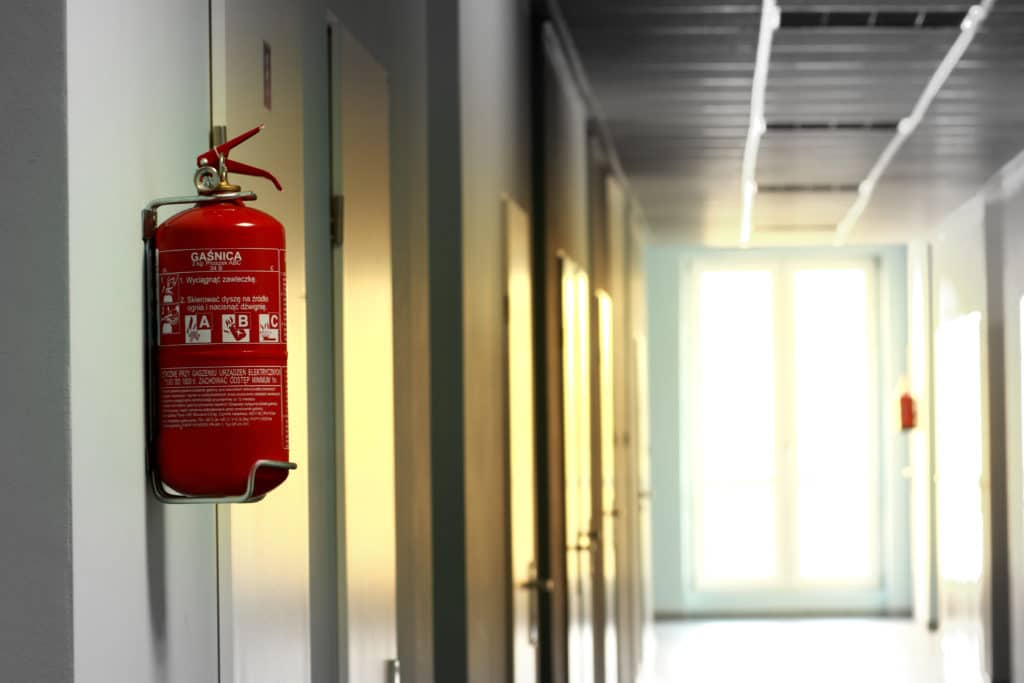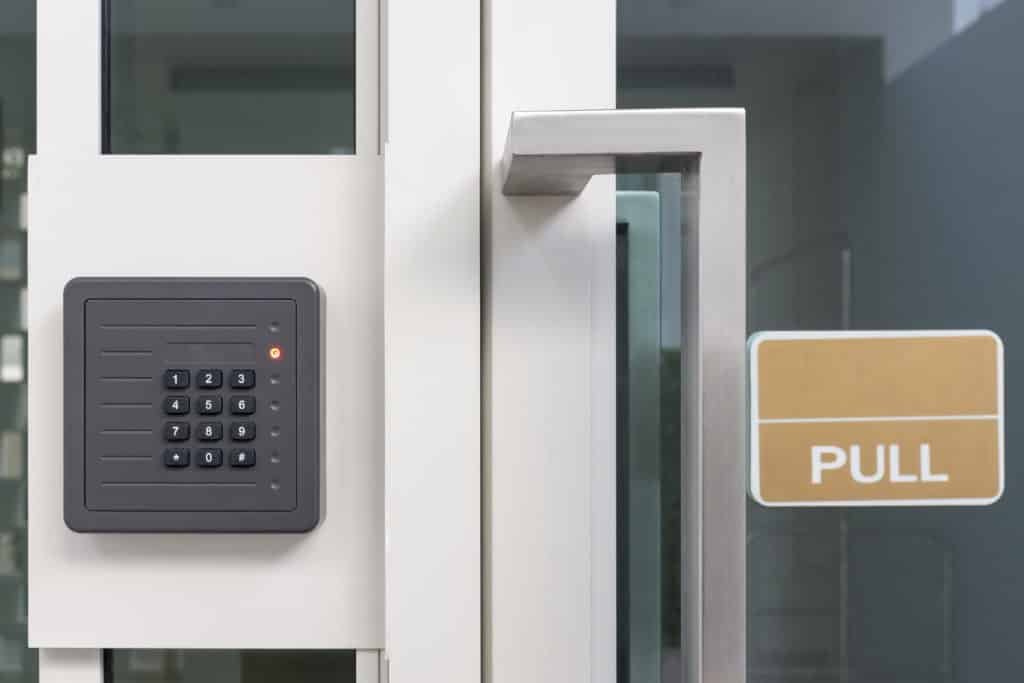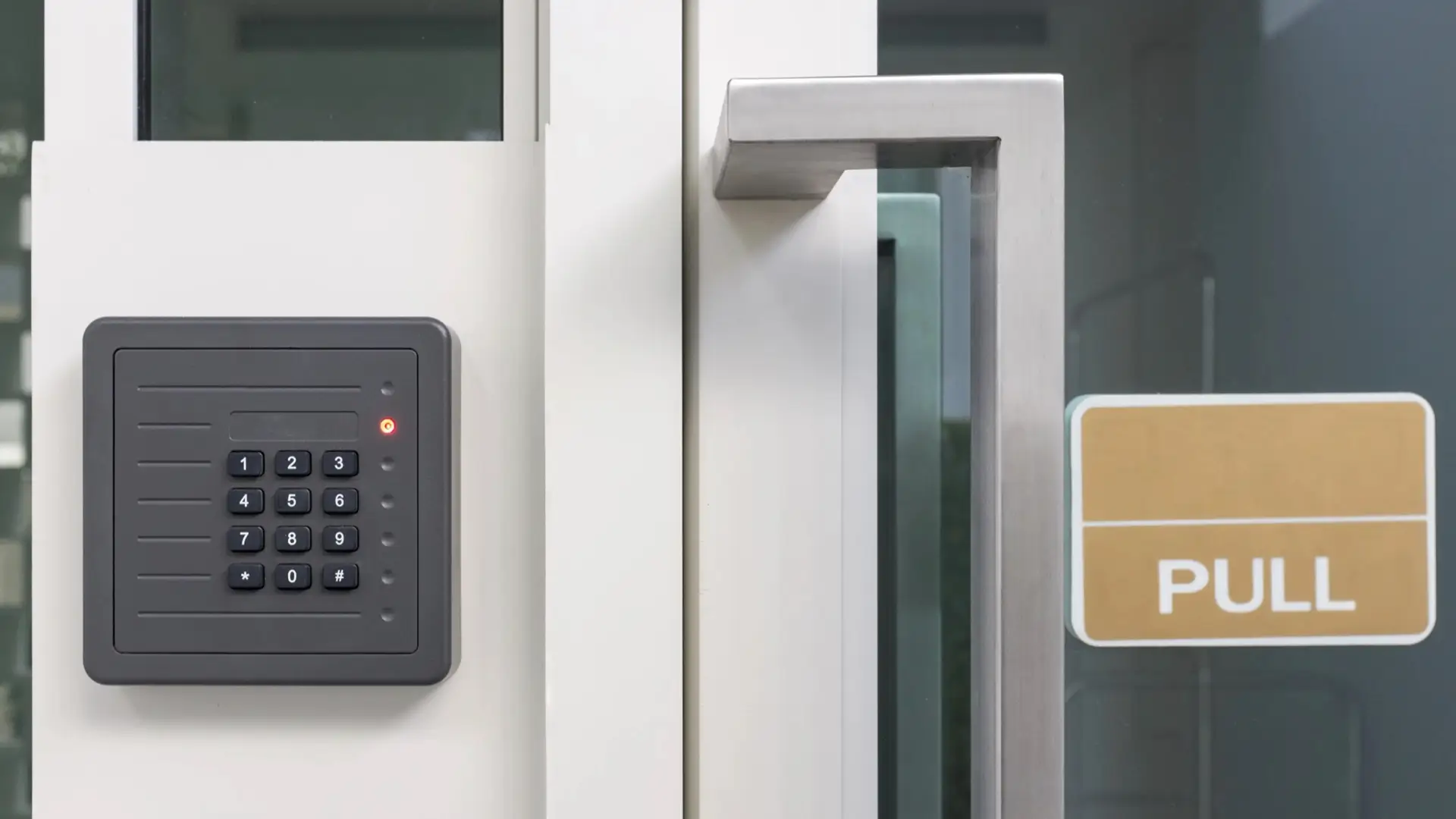Making Church Safety and Security a Priority
October is National Church Safety and Security Month. This otherwise spooky time of year presents an excellent opportunity to assess the safety and security of your building and congregation. Here we offer a few suggestions for touching base to make sure that your church is a place where members and visitors can feel physically and emotionally safe.
If your facility is under construction, safety features will no doubt be top of mind. If you haven’t yet, contract out a professional security team to ensure that your church construction is equipped with the safety features it will need. Many such components are mandated by municipal building codes, which makes it easier to ensure they are being incorporated into your building’s construction.

Other elements, just as important, may not be so monitored by the city or state. It is a good idea to have your own church safety and security committee in addition to your building committee to make sure these other features are still addressed. More details below.
Safety vs. Security
While the words safety and security evoke much the same feeling, they are not strict synonyms. “Safety” is the more general term. It encompasses many types of potential issues that your church property and congregation could experience. These include everything from structural design to criminal activity, physical wellbeing to weather.
“Security” refers to a subset of safety that specifically addresses human threats. Unlike safety in general, security deals with deliberate human activity in which harm to persons or property is meant. Security threats against churches are particularly troubling, but they do occur, so during the building process and afterward, church leaders need to be mindful to institute measures to preserve their church’s safety and security.
5 Focal Areas for Church Safety and Security Fire Safety
Follow all building codes when building a facility that is properly prepared against fire. These may include which building materials are appropriate for construction in your area, but they may also dictate how large and visible building numbers should be so emergency personnel can find them easily. In addition to installing the correct exit signage and fire safety plans, make sure the property has an appropriate number of fire extinguishers. Train your members on how to use them and on how to properly exit the building in case of an emergency.

Environmental Safety
Proper building precautions for weather will vary from church to church depending on their locations. Again, work with your local ordinances and a safety committee when designing and building your church. Some areas may need flood management strategies on-hand while others should install tornado shelters and sirens. A part of environmental safety precautions means having a plan in place for pests: both insects and larger animals.
Vehicular Safety
Church safety and security have a lot to do with the vehicles that get people to the building. The parking lot can be a dangerous place if drivers are not mindful of their surroundings and maintain appropriate speeds. Recruiting parking lot attendants in times of heavy traffic can help control careless behavior.
Other safety concerns are more prevalent at night. Make sure all parking lots are well-lit. Lights controlled by motion detectors can further indicate movement where it is not expected (and they can save money on electricity bills). Since the parking lot is part of the church property, it is a good idea to install security cameras trained on the space. Encourage people to leave evening functions together in groups
Security
The people are the most precious resource of a church. Ultimately, their safety is the most important part of any church safety and security measures, and when it comes to security, preventing deliberate anthropomorphic danger is critical. The apostle Paul taught that “God hath not given us the spirit of fear, but of power, and of love, and of a sound mind.” security measures should be approached deliberately and wisely but not fearfully.
Keep church doors locked when they don’t need to be open, and leadership should always know who has keys to the building. Not everyone will need access to every room, so designating doors with more than just a master lock is a way to increase a building’s security. Electronic entry systems provide a lot of control in that way, allowing leadership to manage which keys open which doors.

Health and Wellness
If the last few years have taught us anything, it’s that the microbes will have their day. Health challenges on a large (or at least congregation-wide) scale are not uncommon, and it is important to have preventative measures beforehand and care plans in the event.
Have safety plans in place for spikes in COVID-19 or other outbreaks. Make hand sanitizer and real handwashing stations available. Advise members and visitors to stay at home if they are unwell. This message can be presented over the pulpit or through signage throughout the building.
Safety audits by an outside party are a good idea to make sure the security or safety of your church isn’t being taken for granted by those who are there all the time. A third party can find features that are slipping through the cracks. As you make plans for your facility, let Building God’s Way help with your church’s safety and security.




Leave a Reply